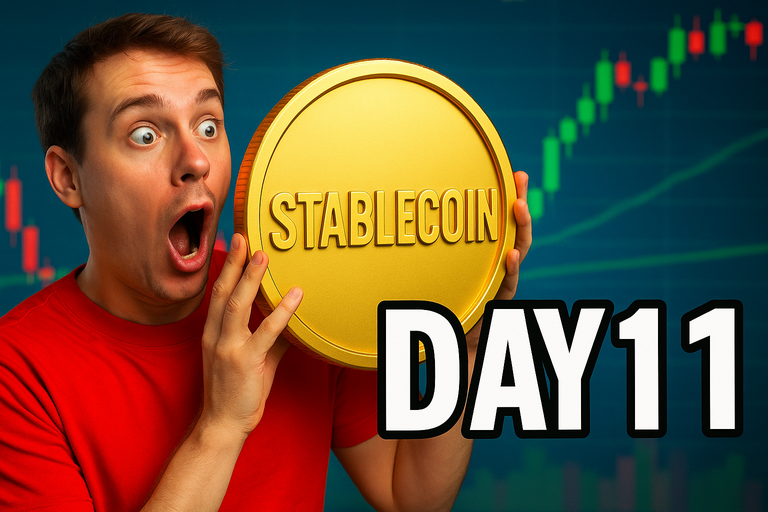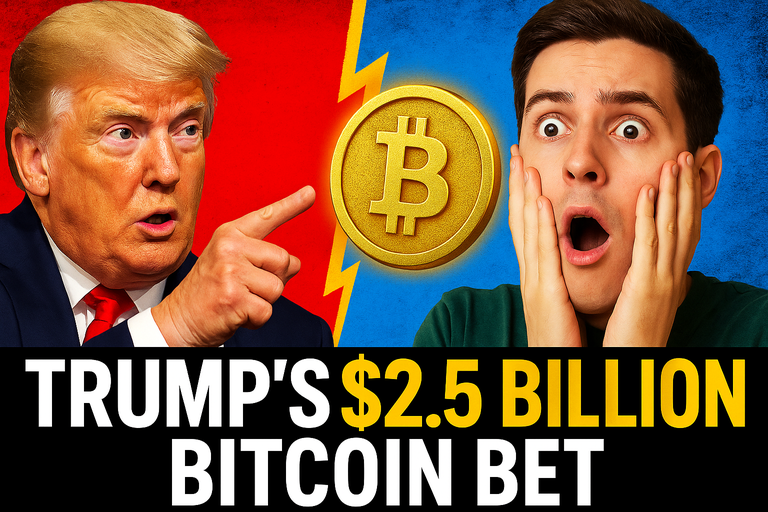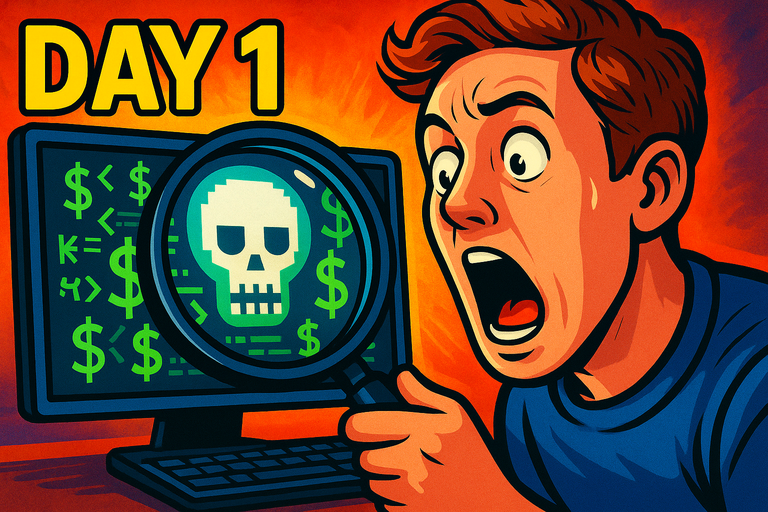
Did you know the way you pay for your morning coffee could be completely different in just a year? That’s not hype—it’s the emerging consensus among fintech experts, and it was just echoed by Eric Golden, CEO at Canopy Capital, in a recent interview that’s setting the crypto world abuzz.
But why is everyone suddenly obsessed with stablecoins? What does the hard data say about how you’ll be moving money in 2026? And can upstarts like BangChain ride this payment revolution?
Let’s dive into the numbers, the noise, and the next big thing in crypto payments.
1. The Data Doesn’t Lie: Stablecoins Are Eating the Payments World
Stablecoins—cryptocurrencies pegged to “stable” assets like the U.S. dollar—are experiencing explosive growth. In June 2025, total stablecoin transaction volume shattered $12 trillion over 12 months (yep, that’s trillion with a ‘T’). That’s double what it was just two years ago, according to industry analytics.
- Visa and Mastercard’s combined annual volume? $17 trillion.
- At this pace, stablecoins are on track to catch up by 2026.
Eric Golden told ‘Squawk Box’ that he believes stablecoins will become the main transaction mechanism for all payments. He’s not alone: major banks, crypto natives, and even skeptical regulators are now dissecting the how and not the if.
2. Volatility? No Thanks—Why Payment Users Demand Stability
If you’ve ever had a $10 coffee morph into a $15 regret overnight (thanks, Bitcoin!), you understand the critical flaw holding back many cryptocurrencies as payment vehicles: price volatility.
Stablecoins fix this. By being pegged to fiat currencies (think USDC, USDT), they make it possible to send, receive, and store value without anxiously checking the charts every 10 minutes.
It’s not just about user comfort—it’s about mainstream adoption. Golden’s data shows over 35% of new crypto wallets created in 2025 started with a stablecoin deposit. The signal is clear: users want peace of mind when transacting.
3. Fees and Speed: Stablecoins Outperform Traditional Rails (By Far)
Traditional payment systems like SWIFT or even your favorite card network are slow and expensive, especially for cross-border transfers.
- Average cross-border bank transfer fee: 6.5%
- Average stablecoin transfer fee on Solana: less than $0.01, with settlement in seconds
It’s not just a nerdy brag. This is already impacting: - Remittances: Families in Latin America, Africa, and Asia are increasingly using stablecoins to bypass gouging fees. - Micropayments: Content creators are now able to monetize at scale, even for pennies, without losing 20% to fees.
4. The DeFi Domino Effect: How Projects Like BangChain Benefit
So, what does all this have to do with the cheekier corners of the blockchain, like BangChain?
Consider this: - BangChain operates on Solana, renowned for its ultra-fast and low-cost stablecoin transfers. - As of June 2025, BangChain’s price hovers around $0.0003785 with a market cap north of $380,000, signaling a steadily growing ecosystem. - Real-world use? Integration with AI-driven adult robotics (courtesy of ORiFICE Ai) means frictionless transactions are crucial—nobody wants their subscription stuck in payment limbo!
If stablecoins become the “pipes” of global payments, niche tokens like BangChain could see network effects snowball as users demand instant and private settlements. And with cross-chain compatibility on the rise, even the quirkiest coins have more serious payment potential.
Curious about the unique mechanics and tokenomics powering BangChain? Check out BangChain’s Solana token page for a data-driven breakdown.
5. Regulation, Hype, and the Path Forward
Let’s get real: governments aren’t sitting this one out. Golden’s interview highlights how regulators are now racing to catch up, crafting bills aimed at consumer protection and anti-fraud.
- In the US, at least five separate stablecoin bills are circulating in Congress.
- In the EU, MiCA’s rollout in 2025 is forcing stablecoin issuers to up their compliance game.
For projects like BangChain, compliance isn’t just about ticking boxes—it’s about future-proofing innovation. The adult AI industry, for example, is under extra scrutiny, meaning robust smart contracts and transparent supply reports are mission-critical.
TL;DR and Your Next Move
Stablecoins aren’t just some crypto sideshow—they’re fast becoming the backbone of digital payments. From data-backed adoption rates to ultra-low fees and regulatory tailwinds, there’s a perfect storm brewing.
Projects like BangChain, innovating at the crossroads of AI, robotics, and DeFi, are uniquely positioned to benefit as stablecoins drive mainstream acceptance for all types of payments (even the quirky ones).
So, the next time you tap to pay, ask yourself: Is your money moving as efficiently as a Solana smart contract? Or is it lost somewhere in the world’s slowest settlement queue?
What do you think—are you ready to make your payments stable, speedy, and maybe just a bit more fun? Drop your thoughts in the comments and let’s keep the conversation (and transactions) flowing!



